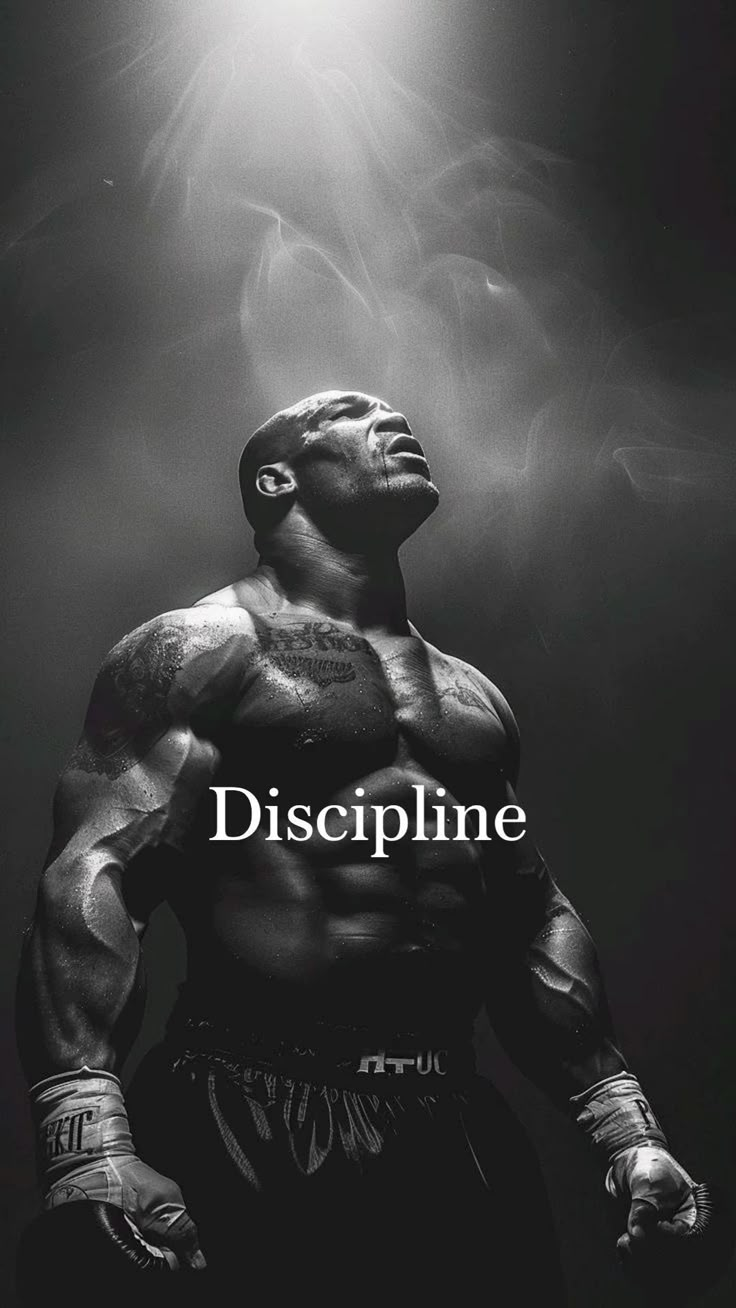
Iron Frame: A Story of Struggle, Discipline & Lower Chest Exercises
Awakening the Iron Mind
It was a humid Monday morning when Raj stepped into the weight room. His heart pounded—not from the altitude, but from the dread of another weak, saggy lower chest staring back at him in the mirror. He’d spent years training chest…the flyes…bench presses…yet that stubborn lower pectoral section refused to grow.
🔹 Psychological strain: Raj’s identity as a “dedicated lifter” had begun to crack. Every missed rep felt like a crack in his resolve.
He remembered nights when he scrolled Instagram, hypnotized by perfectly sculpted physiques, wishing he could match their definition. Motivation—the fiery spark—had long faded. What Raj needed wasn’t another motivational reel; he needed discipline—the quiet steel forged over time. lower chest exercises.
The Turning Point—Parallel Dips & the Power of Commitment
One evening, after another disappointing session, he stumbled upon “Muscle Attack: Lower Chest Edition” on a fitness forum. It proposed something different: parallel bar dips as the foundational exercise for the lower chest. That night, Raj resolved: “No excuses. I’m adding dips—consistently.”
🔸 Habit formation: He created a implementation intention—a psychological commitment device: “After my second work shift, I will do dips before eating dinner.”
By week two, even on sore days, he couldn’t skip. Each rep added mental toughness—self-efficacy deepened. He was no longer waiting to ‘feel’ motivated; he committed to showing up.
Leaning Into the Grind—High Cable Flyes & Mind-Muscle Connection l
Parallel dips were raw and demanding. Yet Raj knew he needed finesse. That’s when he added high cable flyes for controlled isolation.
In week four, he faced fatigue—not only physical but psychological. His brain tried sabotaging: “You don’t need another exercise.” But he’d learned to outsmart those thoughts. He visualized his lower chest under tension—self-talk transformed into a motor for change.
🔹 Embodied cognition: By focusing on the muscle contract during cable flyes, Raj tapped into the mind‑muscle connection, boosting neural drive and contraction efficiency.
By week five, those controlled reps began sculpting not just muscle, but mental patterns of awareness, concentration, and discipline.
Plateaus & Persistence
By week eight, Raj hit an obstacle: his progress plateaued. Dips became routine, cable flyes lacked novelty. That old dread crept back in.
🔸 Goal‑Gradient Effect: He noticed his motivation dip as visible gains stalled. But Raj reframed the plateau as a sign—not of failure—but of proximity to a breakthrough.
He introduced dumbbell decline flyes. With a gentle decline bench, he executed 10–15 strict reps focusing on a slow 2‑1‑2 tempo. He embraced controlled fatigue— deliberate practice in action.
That week, the mirror didn’t lie: He saw the drama of tension beneath his chest. He saw depth. He conquered a plateau—not by quitting—but by intensifying attention and variety.
Discipline Over Dopamine lower chest exercises.
In today’s fitness culture, dopamine hacks dominate. Yet Raj noticed his efforts stabilized when he moved beyond short-term rewards.
- ✔️ He tracked reps, weight, and bodyfat %—but didn’t obsess.
- ✔️ He celebrated small improvements: “That dip depth improved.”
- ✔️ He embraced progressive overload across exercises—even when ego begged him for instant gratification.
The real shift? He worked for flow state—immersed focus with each rep. That’s when muscle emerges—not from ego—but from presence.
The Power of Form—Technique as Identity
As Raj progressed, he realized that technique wasn’t just about safety—it was self-expression.
- • During dips, he leaned forward, elbows flared just enough.
- • In cable flyes, shoulder blades retracted to open the chest.
- • During decline flyes, he controlled descent, pausing at peak stretch.
He wasn’t just lifting, he was conversing with his body. Each rep was purposeful—like writing a sentence with perfect grammar. And that consistency birthed trust.
🔹 Self‑Determination Theory: His need for competence and autonomy were fulfilled. He wasn’t chasing someone else’s routine—he was crafting his own, rooted in knowledge and introspection.
Rest, Reflect, and Reinforce
He trained hard, but he also rested. Sundays were for stretching, walking, meditation—active recovery.
In those restful cycles:
- Sleep duration improved
- Energy rebounded
- Muscle repair accelerated
📌 Psychological relief: He reframed rest days from guilt into necessary recovery—physical and mental. That reframing was cognitive restructuring at work.
The Iron-Mind Difference
Twelve weeks later, Raj saw real change in his lower chest. He sculpted lean muscle that didn’t sag. His chest told a story—not of quick fixes, but of disciplined strategy and smart biofeedback.
But the deeper victory? His mindset had transformed:
- He chose structure over mood
- He valued consistency over spectacle
- He trained his mentality, not just his muscles
When he looked in the mirror now, he saw not only chest gains but an “Iron Mind”—a mindset shaped by struggle, discipline, and small victories.
📝 Final Thoughts: Lower Chest, Higher Discipline
Training the lower chest isn’t just about fish hooks or declines—it’s a journey in mental mastery. Parallel dips forge toughness. Cable flyes sharpen connection. Decline flyes refine focus. Plateaus sharpen resolve.
Every rep became a psychological exercise in discipline. Every week, a lesson in identity: He wasn’t “trying”—he was a dedicated athlete.
So if your lower chest lags, remember: growth isn’t external—it’s internal. When structure meets story, form meets focus, the iron reveals not just a body—but a mind honed for growth.

